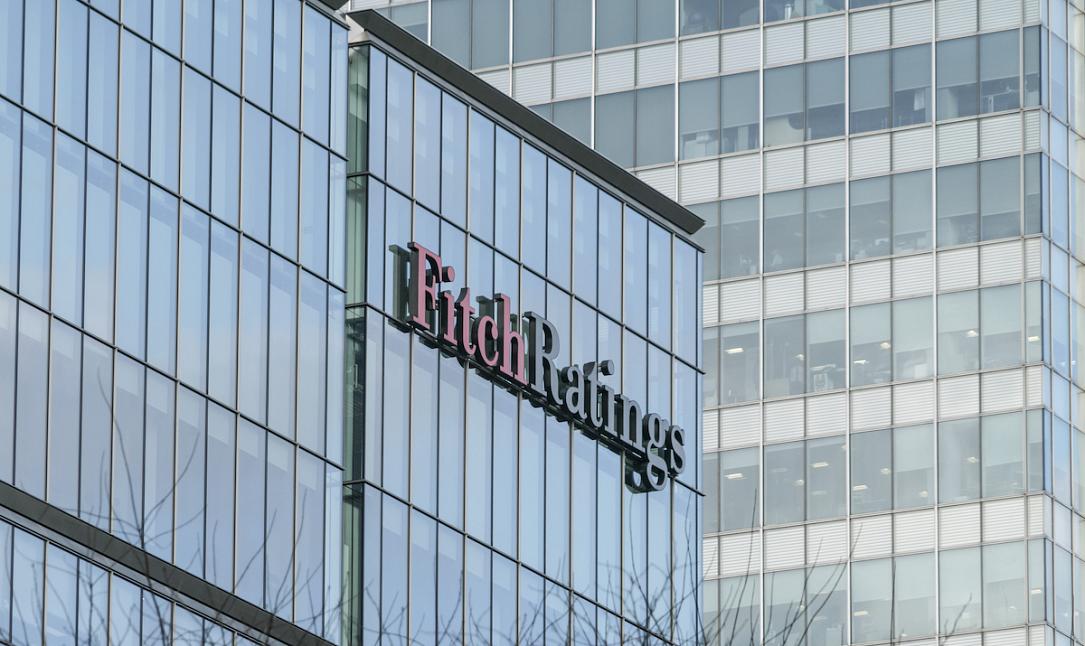Fitch: Romania’s BBB- rating dragged down by its weak external position



International rating agency Fitch affirmed on March 1 its rating on Romania’s long-term, foreign currency debt at BBB- with a stable outlook.
The economic growth in Romania is expected at relatively robust rates: 3% in 2024 and 2025, significantly above the eurozone’s 0.7% and 1.7% and in line with the BBB current median of 3.1%.
The rating agency seems ready to accept that the public deficit will widen in 2025 to reflect the new pension law and admits that fiscal consolidation can only be achieved in the medium term. But it points out that the country’s biggest weakness is its external balance, which is way above the region’s or BBB category’s median.
The sovereign rating model alone would result in a BBB grade for Romania’s forex debt, which was corrected downward by one notch to reflect the country’s external vulnerability that is superior to the BBB category: large current account deficit and net external positions.
The country ceiling rating (applicable to companies) was set two notches above the sovereign rating to account for mild capital or exchange controls that don’t prevent or significantly impede the private sector from converting local currency into foreign currency and transferring the proceeds to non-resident creditors to service debt payments.
Fitch doesn’t expect the country’s main macroeconomic weaknesses to dissipate within the next two years – quite on the contrary when it comes to public finance. Still, the rating agency sees the inflows coming from the EU budget as providing the necessary resources until “meaningful fiscal consolidation” is achieved over the medium term.
The rating agency explains that the country’s economy, as measured by its GDP per capita and living standards in general, is superior to the category’s averages. But these strengths are balanced by the twin budget and current account deficits.
Specifically, Fitch expects Romania’s budget deficit to reach 6% of GDP this year, not far from 6.1% in 2023 (under ESA methodology). In 2025, the public gap would widen to 6.4% of GDP under the 1.8%-of-GDP impact of the new pension law. The public debt would consequently hit 53.3% of GDP in 2025 (still below the BBB current median of 57.5%), from 48% of GDP in 2023.
Fitch also says it expects “meaningful fiscal consolidation over the medium term, helped by the re-introduction of EU fiscal rules,” still pointing to significant downside risks generated by uncertainty over post-electoral fiscal plans.
As regards Romnania’s external position, Fitch expects only a “modest adjustment” from a 7%-of-GDP current account deficit that is way above the 1.7%-of-GDP median for the BBB category.
“We forecast the current account deficit to stabilize in the 5-7% of GDP range, consistent with its pre-pandemic average, but Romania will continue to have one of the largest deficits in central and eastern Europe and the BBB category,” the rating agency argues.
On the upside, Romania faced no external financing pressures during the global monetary tightening period in 2022 and 2023 despite its wide external deficit, Fitch points out.
iulian@romania-insider.com
(Photo source: Erik Lattwein/Dreamstime.com)